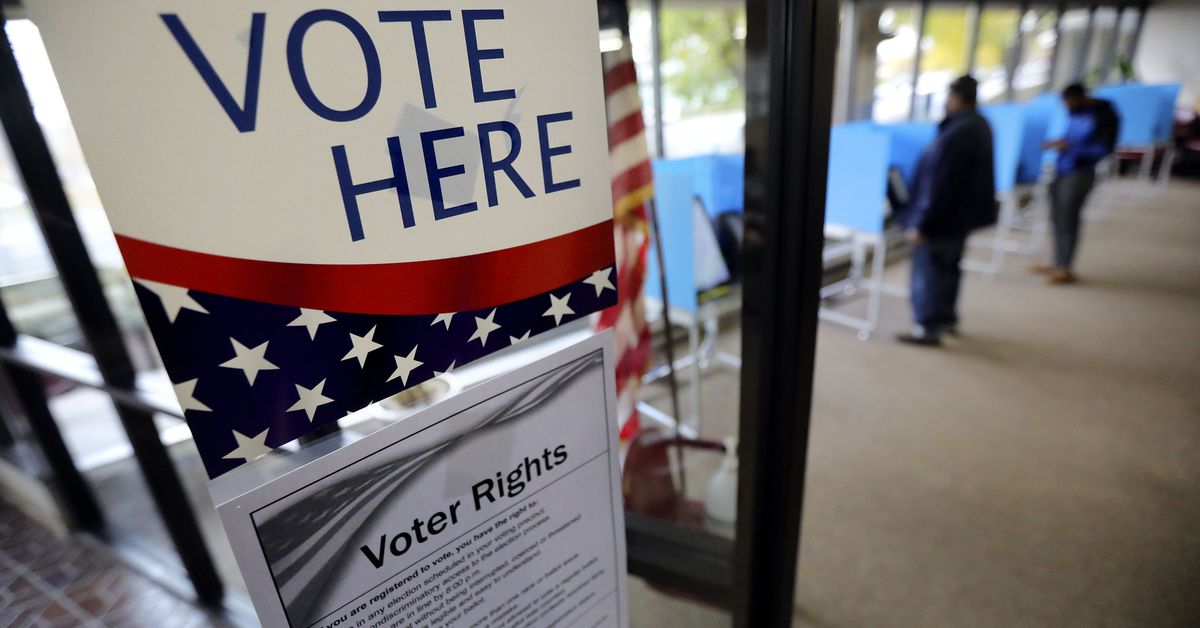| Chris Powell | Journal Inquirer |
Ranked-choice voting has an endorsement from Governor Lamont, a Democrat, and an open mind from his Republican challenger, Bob Stefanowski, so it is doubly worth discussing during this election campaign.
The ranked-choice idea applies to election contests with three or more candidates, contests that present the risk that the candidate with the most votes will have only a plurality rather than a majority of the vote and thus enter office with less legitimacy unless there is a runoff election. Without a runoff election, the plurality winner could be repellent to most voters, installing extremism when most votes were cast for moderates.
”Given its history of important elections settled by less than a majority vote, Connecticut has strong reason to consider ranked-choice voting.
Ranked-choice voting avoids the expense of reaching a majority by holding multiple elections.
The main objection to ranked-choice voting is that it might confuse people. But ranked choice doesn’t require people to vote for more than one candidate for any office; it just enables them to do so. Anyone confused by the new system could keep voting the old way, making just one choice for each office on the ballot.
Theoretically, a ranked-choice system gives voters more power, allowing them to protect themselves against what they consider the most objectionable potential results of an election. Such a system also might encourage people to vote for lesser-known but possibly better-qualified candidates without risk of wasting their vote, since their second-choice candidate will get their vote if their first choice fails.
The ranked-choice system has not been tried enough in the United States to be sure about it. But over time it might strengthen minor parties and increase voter choice without causing much damage to the two-party system, since most ranked-choice votes might be transferred to major-party candidates in an election’s second tabulation.
Ranked-choice voting also might diminish the influence of “spoiler” candidates, candidates seeking to take votes from other candidates just for spite, since many votes for spoilers would be reassigned anyway.
In any case, in recent decades Connecticut has had some important elections with three or more candidates in which the plurality winner well may not have reflected the desire of the majority.
Lowell P. Weicker Jr., the Republican nominee, was elected U.S. senator in 1970 with only 42% of the vote in a three-way contest, the other two candidates being Democrats who split their party. Ranked-choice voting might have elected one of the Democrats.
Weicker was elected governor as an independent in 1990 with only 40% of the vote in a three-way contest, defeating a Republican and a Democrat who ran third, though Weicker probably would have won a runoff with most Democratic votes transferred to him.
The state’s 1994 election for governor practically screamed for ranked-choice voting, since it had four candidates, with the winner, John G. Rowland, the Republican, receiving only 36% of the vote, a liberal minor-party candidate getting 19%, and a conservative independent candidate getting 11%. Ranked-choice voting might have elected the Democrat, Bill Curry, who received 33%.
The Republican primary for governor four years ago also made a strong case for ranked-choice voting, since the winner, Bob Stefanowski, got only 29% of the vote in a five-way contest. Ranked-choice voting might have given the nomination to the convention-endorsed candidate, Danbury Mayor Mark Boughton, or ranked-choice voting might have unified the party faster behind Stefanowski.
Governor Lamont observes that apart from building majority support for the winner, ranked-choice voting might improve the tenor of politics, since candidates might refrain from getting nasty about lesser competitors and risking second-choice votes.
Given its history of important elections settled by less than a majority vote, Connecticut has strong reason to consider ranked-choice voting.





